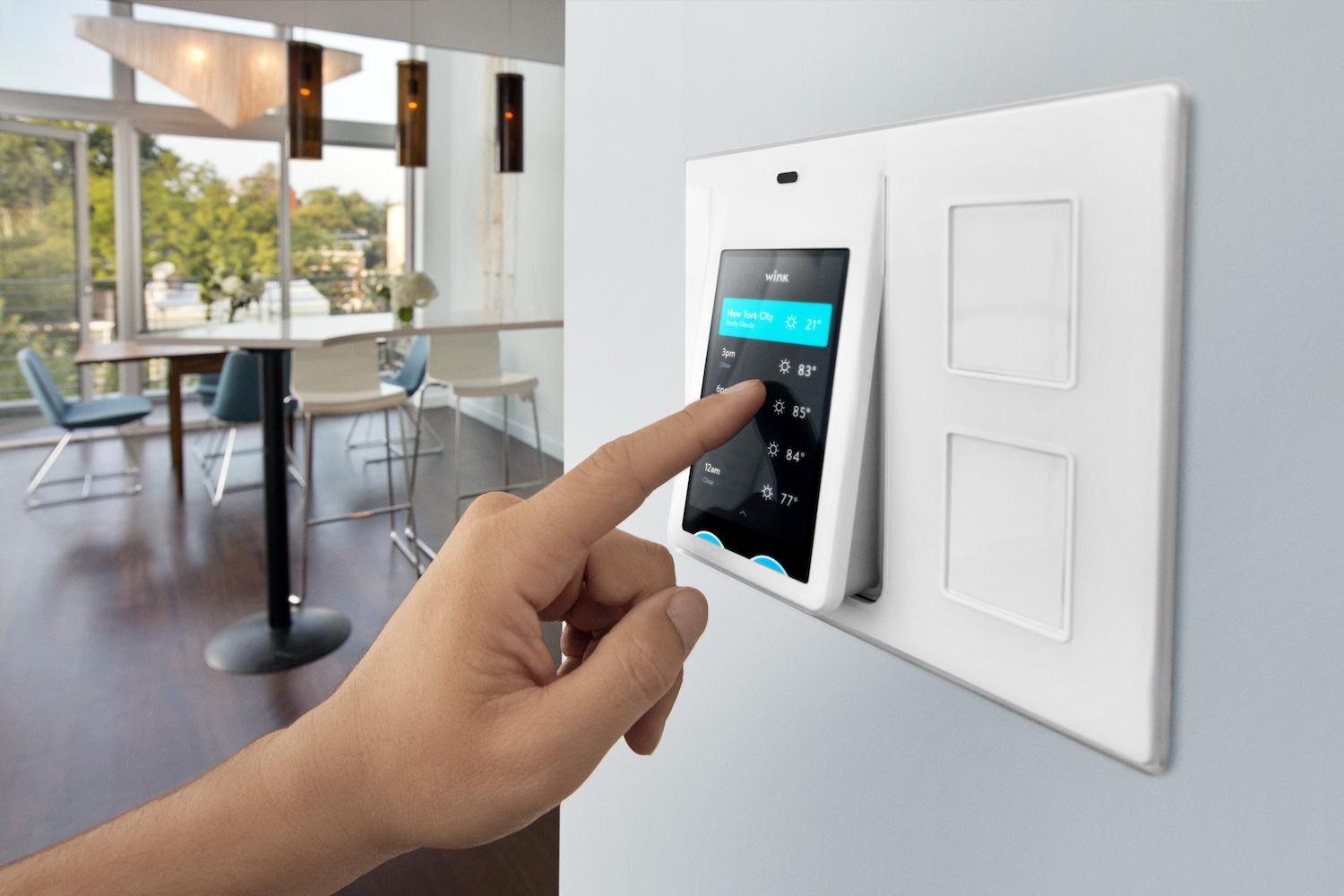Standard protocols are a must
In many cases, the data from the imaging system is uploaded onto the cloud. A standard protocol is needed for the data – it is more convenient if the standard is already in use, because the required infrastructure will already be in place. If new technologies are used, then the cost of deployment will go up significantly. Compliance with standards is very important – companies should try to avoid using their own formats. If the standard is an open source one, it can be used by many more customers.
Data security and foolproof sensors
The data from the imaging system needs to be very secure. Security can either be at one location or it can be a distributed security system. For a distributed security system, the camera should have in-built security. The sensors that are used should also be completely foolproof, because imaging systems are primarily sensor-driven. If a sensor is malfunctioning, it can cause a lot of false alarms – for example, a PIR (passive infrared) sensor is supposed to detect the presence of a person, but if it is faulty, it may detect even a change in sunlight and can trigger a false alarm. The cloud service provider should also be reliable and secure.
Advice to developers
System developers are also advised to decide which vertical and industry they are going to focus on. Then they will be able to decide which customers they need to keep in mind while designing the system. The use case is also important – the camera can be designed to turn on only if an event occurs, but if it is a baby monitoring camera, then it has to be on all the time. From the business point of view, there are a few business models that can be used – the hardware can be sold to the consumers, or the hardware can be given to the consumers for free, but with a fee for cloud services on a monthly basis. In such a scenario. It is important to make sure that the product will be fully functional for a minimum of three years.
Developers should try to design a system that stands out in terms of features from the rest of the products in the market. An example of this a feature like fast boot-up, that is specifically designed to quickly capture images when an event occurs. It doesn’t continuously stream data and hence improves the performance of the CPU (central processing unit). The captured data is sent to the cloud and on-board analytics can be performed. Operating system (OS) software affects the boot-up time significantly. A better, lighter OS will ensure a faster boot-up time. To ensure that the video footage is not bulky, video compression formats like H.264, H.265 and M-JPEG (motion JPEG) can be used. This will reduce the amount of storage space that is required.
SDK support from vendors is crucial
Software development kit (SDK) support is very essential. While approaching vendors, developers should make sure that SDK support is provided – otherwise it is of no use. A video camera is a very sophisticated IoT device and hence needs to be carefully designed. All transmission and encoding technologies need to be systematically planned to ensure smooth functioning of the final system.
10_Solving Imaing Challenges for Smart Home Market from EFY on Vimeo.












